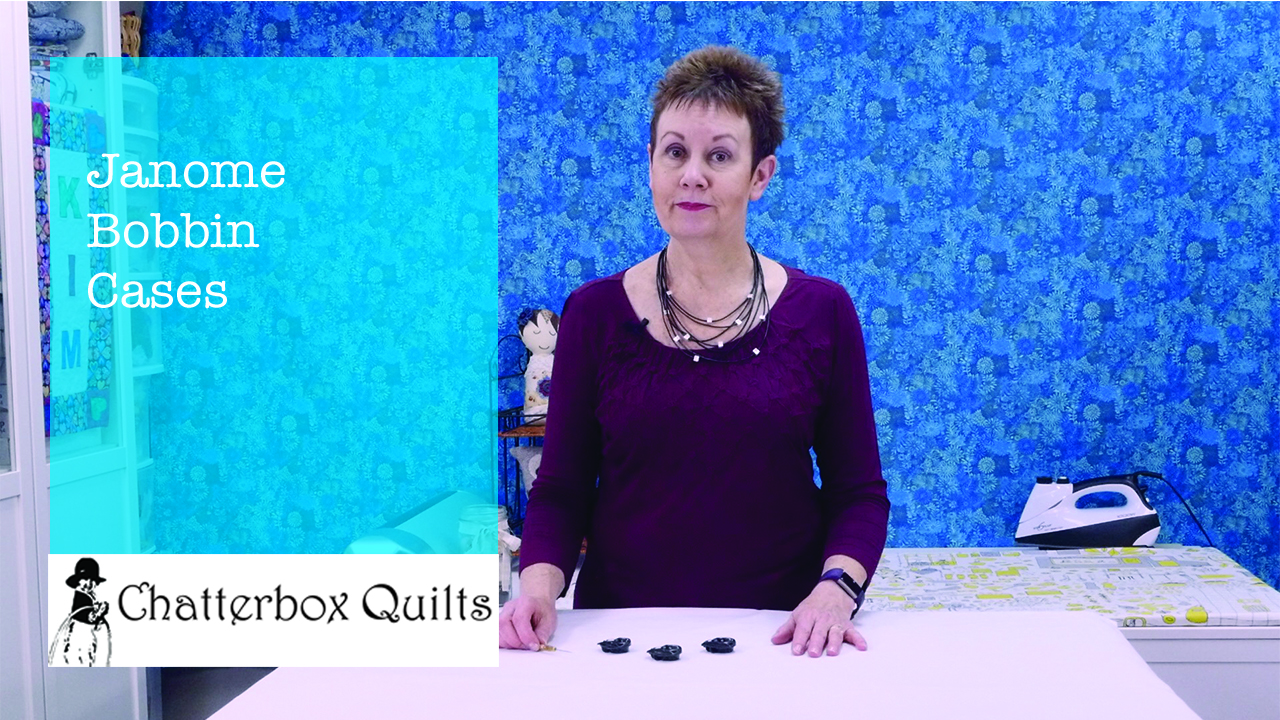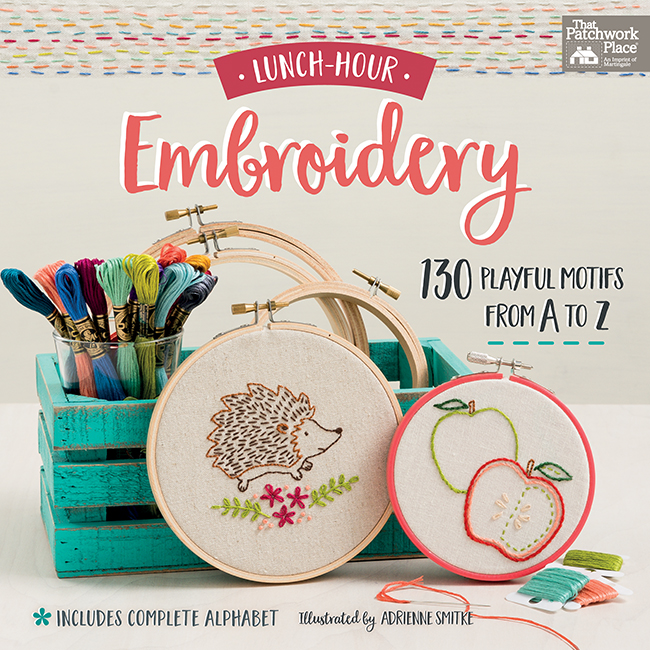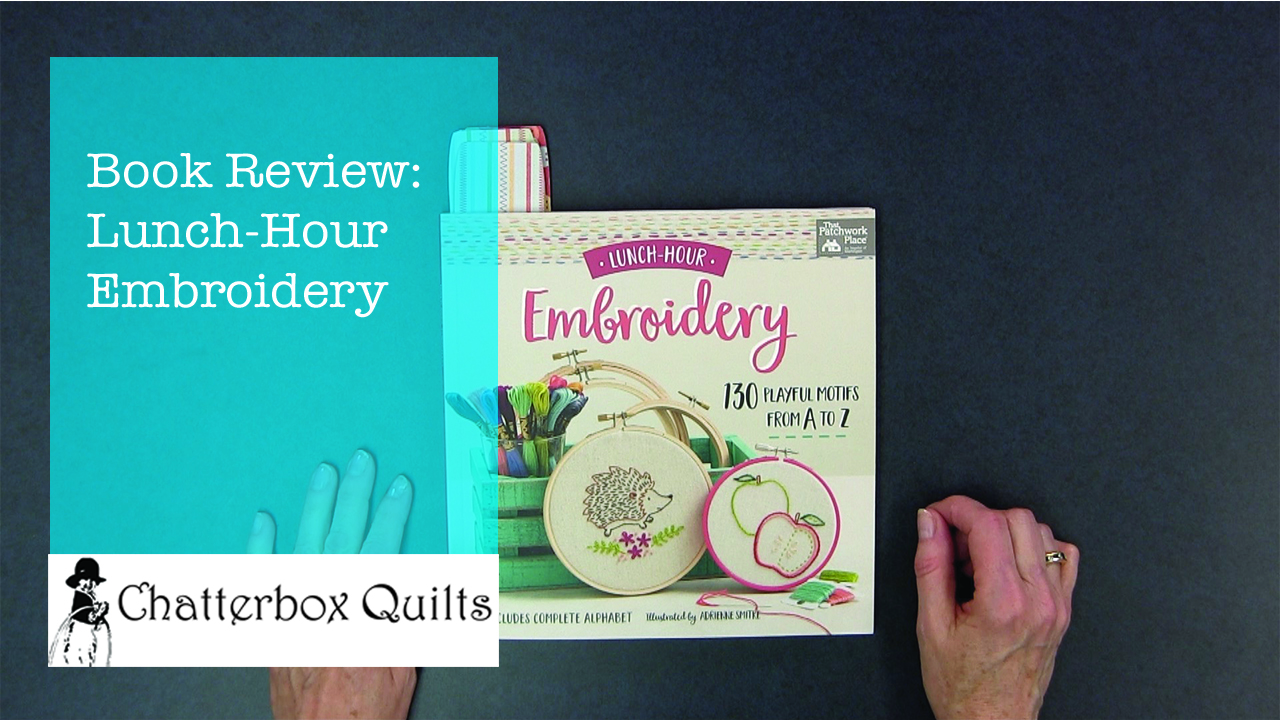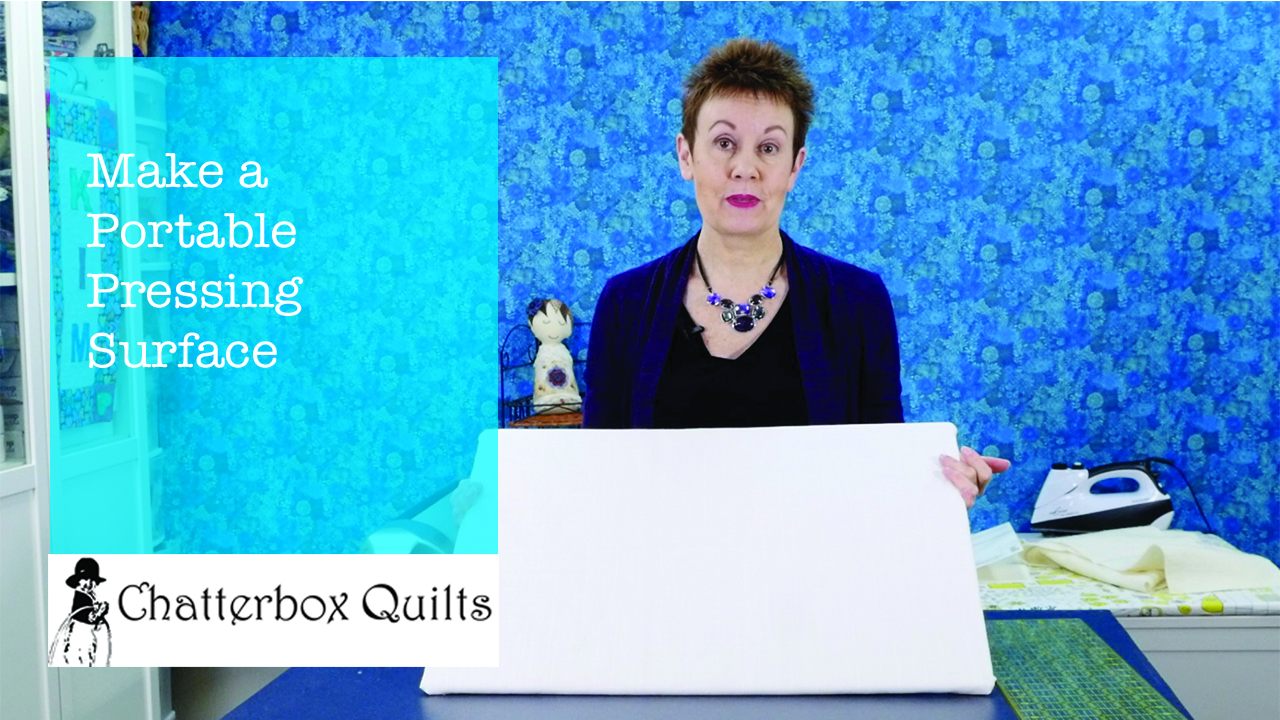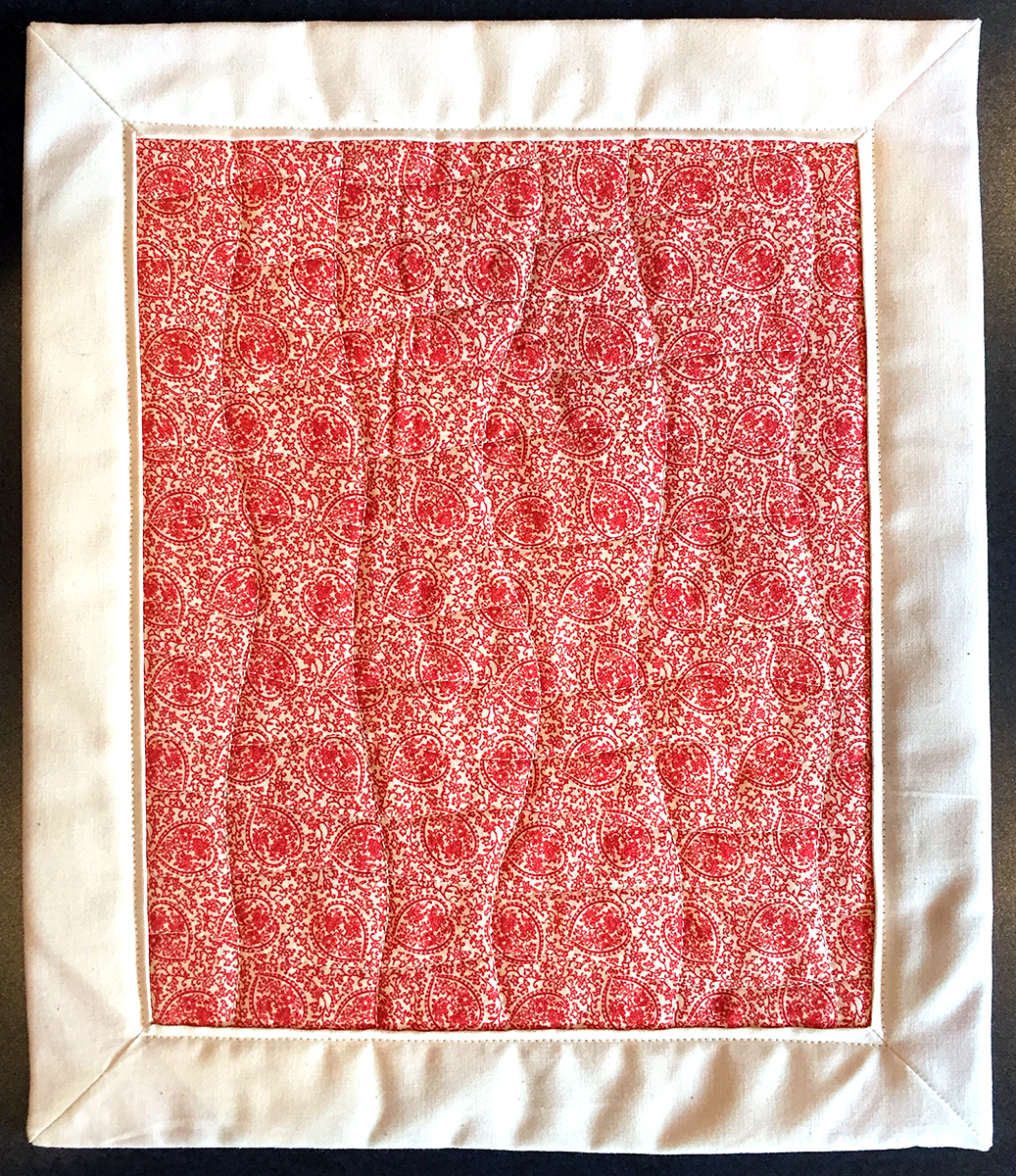There are so many helpful features on the Janome Horizon Memory Craft 9400 QCP, that it is hard to just pick a few of them, but I'm going to try.
Here are my 5 Favourite Features of the Janome Horizon Memory Craft 9400 QCP:
1. High Light - I'm sure you know that as you get older you need more light to see. Did you know that "people in their 60s need three times more ambient light for comfortable reading than those in their 20s"?* I know, it's shocking and I'm noticing this need for more light already. Thankfully, the Janome 9400 has the High Light which you can pull out and adjust to focus that light exactly where you need it. This bright LED light has helped me immensely with my quilting (especially since I've become a one-eyed quilter). I especially love that I can angle the light so I can place it just where I need it. A huge help for aging - or any - eyes!
Can you find the High Light?
It's behind the Janome name! Just pull out and angle it for the best light on your project.
2. HP Needle Plate and Foot – I’m a quilter and I can’t overemphasize how helpful this new needle plate and foot is for obtaining an accurate ¼” seam. It makes piecing effortless and accurate. I use this combination exclusively for my piecing now.
3. One Step Needle Plate Conversion – If you have ever struggled with a screwdriver to remove the needle plate on your sewing machine, you are going to love this feature! No worried about stripping screws or gouging your needle plate – just push down on the lever at the front of the machine bed and your needle plate pops off. You can then replace it with the one you need to use (you have a choice of three of them!). This is such a time saver and it’s actually fun to pop off and push on the needle plates on this machine.
Press down on the lever and...
up pops the needle plate.
4. Automatic Thread Cutter – I use this feature all of the time, especially when I’m piecing a quilt. It snips the thread so I don’t have to stop to grab scissors to do this. I can just start sewing afterwards and don’t have to worry about tangled threads on the back of my project. Such a timesaver!
Click on the scissors icon and the thread cutter automatically snips your top and bottom threads.
5. Superior Needle Threader – This is another feature that I really appreciate so I don’t have to struggle to thread my machine needle. With the new Superior Needle Threader, I just “lock” the machine, press down the needle threader lever on the side of the Janome 9400 and my needle is automatically threaded for me – every time.
Press down on the lever at the left hand side of the machine
and your needle is automatically threaded for you every time!
I know that I was only going to tell you about my top 5 favourite features on the Janome 9400, but I just couldn’t help but add one more:
6. Adjustable Speed Control – This feature is one of the big reasons I wanted this machine: I can adjust the top stitching speed. By sliding the Speed Control Lever, I can set the fastest speed at which the machine will stitch. This is extremely helpful when I’m free motion quilting: I can set the top stitching speed and press the pedal to the metal, knowing that the machine will only stitch as quickly as want it to. It takes this one element out of free motion quilting allowing me to focus on the design I am creating.
Adjust your machine's stitching speed from very slow
to very, very fast!
Don't think that just because I've only mentioned 5 favourite features of the Janome 9400 that there aren't many more helpful features on it for simplifying and accuratizing (is that a real word?) your stitching. Whether you are a garment sewist or a quilter like me you'll appreciate the carefully chosen features that are included on the Janome Horizon Memory Craft 9400 QCP.
Creatively,
Download the free Get Out of the Ditch! guide to learn how to start free motion quilting by clicking here.
Did you know that you can sign up to receive FREE emails full of quilting goodness? Just click here to receive FREE content directly in your email inbox every few weeks from Chatterbox Quilts. I know you'll be glad you did!
*http://www.allaboutvision.com/over60/vision-changes.htm
















